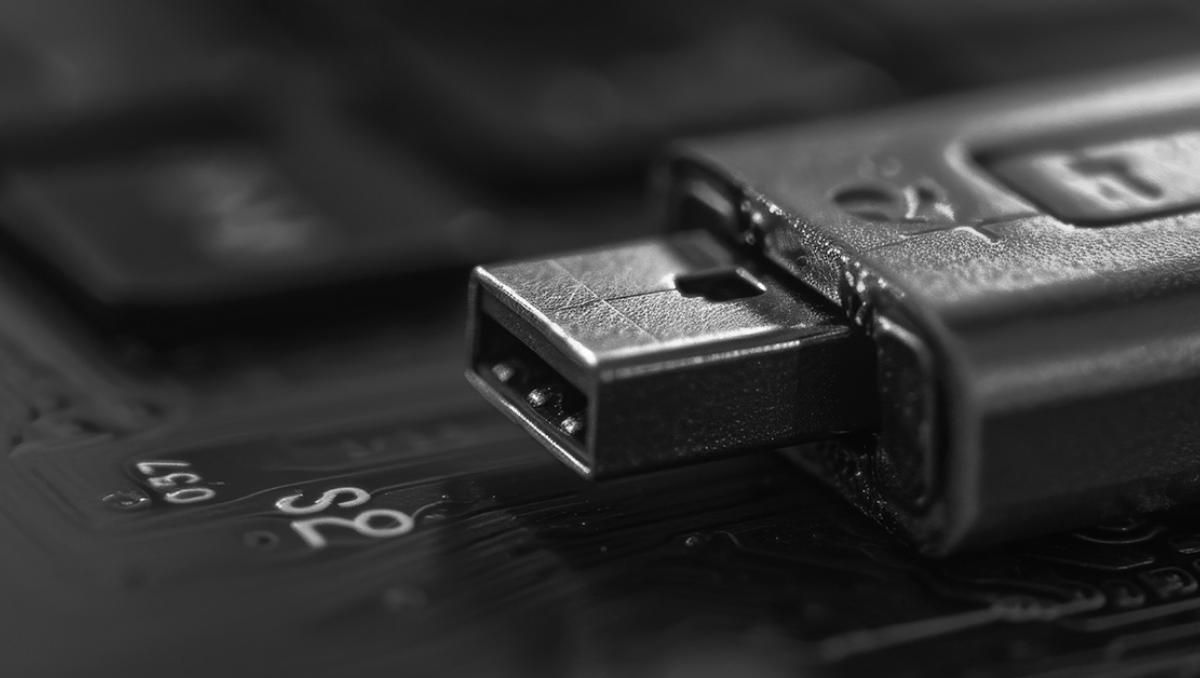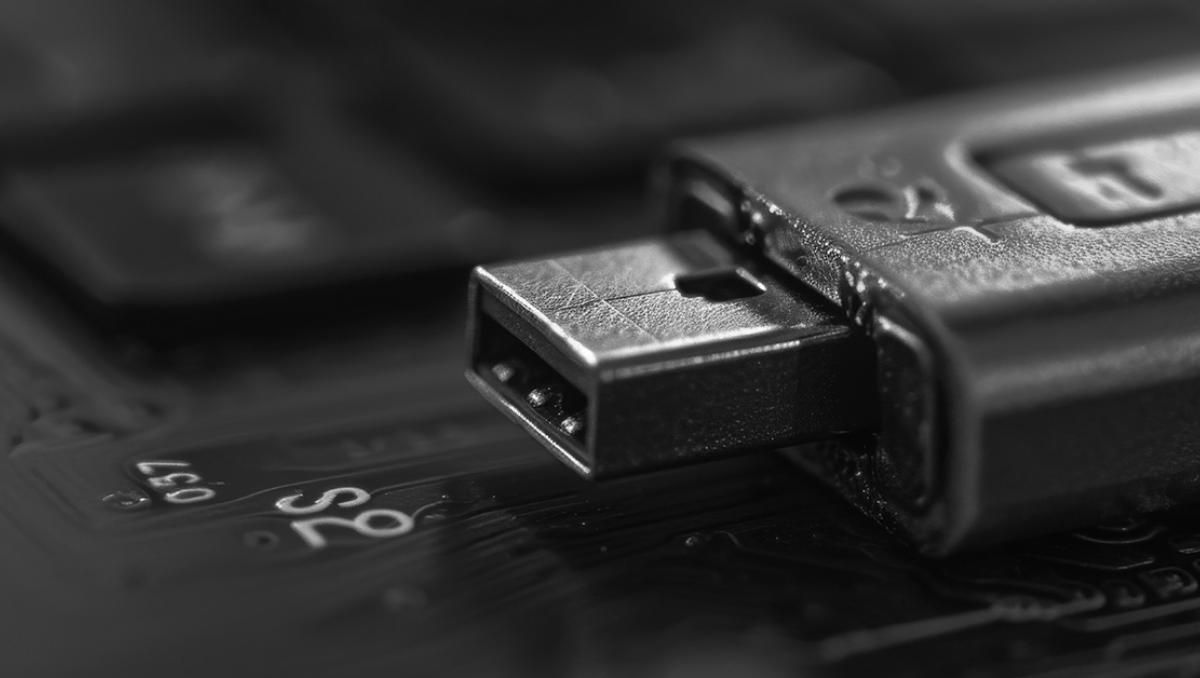
In today’s cybersecurity landscape, controlling access to USB drives is critical, particularly for organizations looking to maintain compliance with regulations like NERC CIP and bolster their security posture. Unauthorized USB usage poses significant risks, from data exfiltration to malware injection. However, restricting USB access entirely isn’t always practical.
Instead, organizations can implement solutions that monitor and manage USB usage effectively. This blog walks you through creating a USB registry rule using Tripwire Enterprise to monitor real-time USB insertion while ensuring only approved devices are used.
Why Real-Time USB Monitoring?
Monitoring USB insertion in real-time serves two crucial purposes:
1. Compliance: Many regulations require organizations to maintain control over external devices connecting to their network.
2. Security: Unauthorized USB devices can serve as vectors for malware or data theft. Monitoring ensures that only validated devices can interact with the system.
This blog outlines the steps to create a real-time monitoring rule using Tripwire Enterprise. The rule will detect when a USB device is inserted into a Windows host and check whether the device is pre-approved.
Step-by-Step Guide to Creating the USB Registry Rule Using Tripwire Enterprise
1. Logging into Tripwire Enterprise
To start, log into the **Tripwire Enterprise Console** using an account with administrator privileges. You’ll need these permissions to create and configure the USB monitoring rule.
2. Create and Manage Tags for Unauthorized USBs
Go to the **Node Manager**, select “Asset View,” and then click on “Manage Tagging.” You will now create a new tagset. Add a tag called **”Unauthorized USB”** under a new tagset named **Notification Tags**. This tag will help you flag and manage unauthorized USB devices in the system later.
3. Action Creation for USB Monitoring
Next, you will create a set of actions that trigger whenever an unapproved USB device is detected:
1. Navigate to **Actions Manager**.
2. Create a new group called **”USB Serial Numbers”**.
3. Within this group, create a new action tagged as **”Unauthorized USB”**. This action will be triggered whenever an unauthorized device is detected.
4. Creating the Detailed Changes Report
The next step is setting up a reporting mechanism that will notify administrators when unauthorized USB devices are inserted. In the **Report Manager**, create a new **Detailed Changes Report**. This report will summarize the changes detected by the rule and notify the appropriate stakeholders.
Make sure the report includes a comprehensive severity range, typically 1 to 100000, to capture all relevant changes. When configuring the report, you can select the output format (e.g., HTML) and set up email recipients for notifications.
5. Configuring the USB Content Conditional Action
Once the report is set, it’s time to establish the conditions that will determine whether a USB device is authorized or not.
1. Go to **Content Conditional Action**.
2. Create a new action titled **”Check if approved USB”**.
3. For each USB drive, enter the serial number and define it as a condition. If the serial number matches an approved device, the action will pass, promoting the USB device to baseline status. If it fails, the system will flag the device as unauthorized, trigger the **Unauthorized USB** tag, and generate a report.
6. Create the Windows Registry Rule
To complete the process, create a **Windows Registry Rule** to monitor USB device insertion through the Windows registry.
1. Open **Rule Manager**, and create a new rule under the appropriate group.
2. Select **“Windows Registry Rule”**, and enter a description for this rule.
3. Create a new **Start Point** and input the following registry value:
– ‘HKEY_LOCAL_MACHINE\SYSTEM\CurrentControlSet\services\USBSTOR\Enum’
4. Add a value of “0” to monitor USB insertion events at this registry path.
5. Enable **Real-Time Monitoring** to detect USB insertion as soon as it occurs.
Repeat this step for additional USB ports by incrementing the value to 1, 2, and so on, to cover multiple ports on the host machine.
7. Add Conditional Actions to the Rule
Finally, integrate the conditional actions (from Step 5) into the rule. This allows the system to check whether each inserted USB drive is approved and respond accordingly.
Testing and Validation
Once the rule is set up, it’s crucial to test and validate it. Follow these steps:
1. Baseline the Nodes: Ensure that the rule is baselined on all nodes within scope. This will establish the default registry values for the USB registry.
- Insert USB Devices: Insert an approved USB device into the machine and verify that the rule detects it correctly. Check the Log Manager for the ‘Information’ level ‘Audit Event’ to confirm the detection.
3. Test Unauthorized Devices: Insert an unapproved USB drive and ensure that the rule triggers the **Unauthorized USB** tag, generates a detailed report, and notifies the appropriate administrators.
Usage Tips for Managing Unauthorized USBs
- Once a node is tagged with **Unauthorized USB**, the tag must be removed manually. If the device is later deemed safe, update the conditions in the rule to include the device’s serial number.
- Consider setting up a **Device Inventory Report** for unauthorized USB devices. You can run this report periodically to document any unauthorized USB activity and share it with auditors as needed.
- Fine-tune the **Tripwire Enterprise Console** settings to ensure that real-time monitoring occurs promptly. Adjust the default setting for rule execution time from 5 minutes to 1 or 2 minutes for faster alerts. Be cautious not to set this interval too low, as it could impact system performance. (Note: Value specified in milliseconds)
Conclusion
Implementing real-time USB monitoring using Tripwire Enterprise allows organizations to maintain control over external devices without completely restricting USB usage. This rule not only helps meet regulatory compliance requirements but also strengthens your organization’s overall security posture by detecting and managing unauthorized devices. With detailed reporting and alerts, administrators can quickly respond to potential security threats and ensure that only approved USB devices are in use. This technique of using real-time rules with automated report actions can be applied to other customer-specific use cases where immediate notification of change is required.
Further Reading
For more in-depth information on maintaining compliance and securing critical infrastructure, check out these helpful resources:
- Learn about Tripwire’s approach to ensuring compliance with NERC CIP standards, which helps protect the reliability of the bulk electric system here.
These resources provide practical insights to enhance your organization’s cybersecurity efforts.


